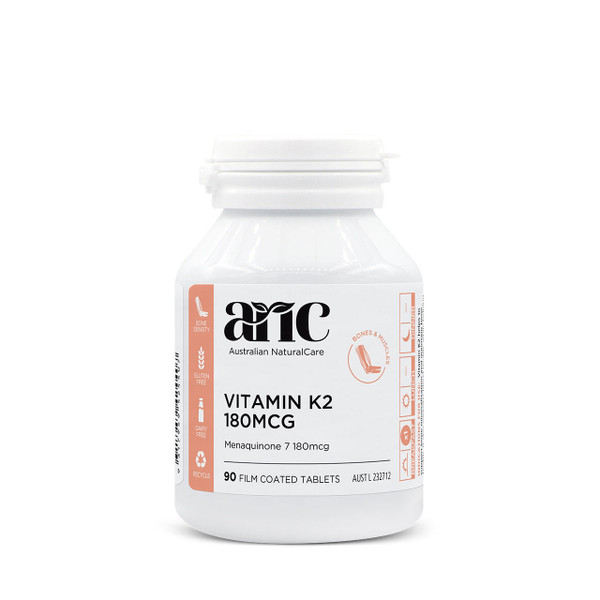Blood clotting relies on vitamin K’s ability to alter protein molecules. The vitamin K molecule contains isoprenoid units with varying chain lengths; nevertheless, the enzyme -glutamyl carboxylase utilises these chains to activate specific proteins. Among these proteins is prothrombin, which plays a role in blood clotting, bone metabolism, and the prevention of soft-tissue calcification. Meanwhile, vitamin K1 and K2 are the two most common forms of vitamin Ks. Both play critical roles in preventing bone loss, cardiovascular disease, and excessive bleeding. Hence, you may buy vitamin K2 as it may be more beneficial to your health than vitamin K1. It aids in the maintenance of healthy skin and bone metabolism, boosts cognitive performance, and protects against cardiovascular disease. Animal products and pickled goods are good sources of vitamin K2. Meanwhile, it’s impossible to get enough of it through fast food or the typical Western diet. Cereals, fatty pork, eggs, and fish may also be good sources of vitamin K2. Besides, certain bacteria synthesise vitamin K2 in the large intestine.
Benefits of K2 for Bone Metabolism
A soft spongy matrix with blood and lymphatic vessels lies behind a thin hard outer layer (periosteum) in human bone. As such, the skeleton is constantly recycled, with a total replacement occurring every seven to ten years. Calcium is released from bones and into circulation during remodelling, and osteoblasts and osteoclasts control the rate of calcium replenishment.
Osteoblasts make osteocalcin, which is responsible for transporting calcium from the blood into the bone matrix. However, vitamin K2 is required for osteocalcin activation. It demonstrates the importance of vitamin K2 in bone development in humans. Dentin, the calcified tissue found in teeth, is also known to be stimulated by osteocalcin. As a result, vitamin K2 is crucial for the upkeep of solid teeth.
K2 has been shown in clinical studies to prevent bone loss, even in the presence of bone-related disorders. Vitamin D levels in osteoporosis patients were evaluated in one research. K2 supplementation has been shown to reduce fracture risk and boost bone strength even in these patients. As such, accelerating the -glutamate carboxylation of osteocalcin has been proposed as a potential mechanism, albeit its precise involvement remains unclear.
Protecting Against Cardiovascular Disease With K2
K2 also prevents arterial calcification, which is crucial for good heart health. The activation of matrix GLA protein (MGP), which prevents the calcification of blood vessels, is how K2 protects against cardiovascular disease. Therefore, cardiovascular illness is caused by a lack of K2, which leads to MGP that is neither carboxylated nor inactive. It is also essential in the clotting of blood. To avoid internal and external bleeding, K2 is needed to produce particular proteins involved in blood coagulation.
So, the lack of K2 prevents MGP from being activated, limiting calcium removal from blood vessels, increasing the risk of calcification of those arteries and, ultimately, cardiovascular disease. K2 aids in preserving the flexibility of blood vessels, which is helpful in postmenopausal women. One research found that the women who took vitamin K2 supplements had a slower rate of bone mineral density decline with age.
You may buy vitamin K2 supplements if you can’t get enough of it via food, as it is crucial to stop bleeding. Deficiencies in vitamin K2, which functions as a coagulant, may be lethal, particularly in the event of an accident. The American Academy of Pediatrics states that vitamin K should be provided to newborns because of the increased risk of vitamin K insufficiency in children. It may protect the infant from an intracranial hemorrhage, brain damage, or even death. Meanwhile, it must be taken between 100 and 300 mcg daily for adults. It is recommended that it be taken in conjunction with vitamin D3 since the two vitamins are said to have synergistic effects in blocking the activity of osteoclast cells, which are responsible for bone resorption.












